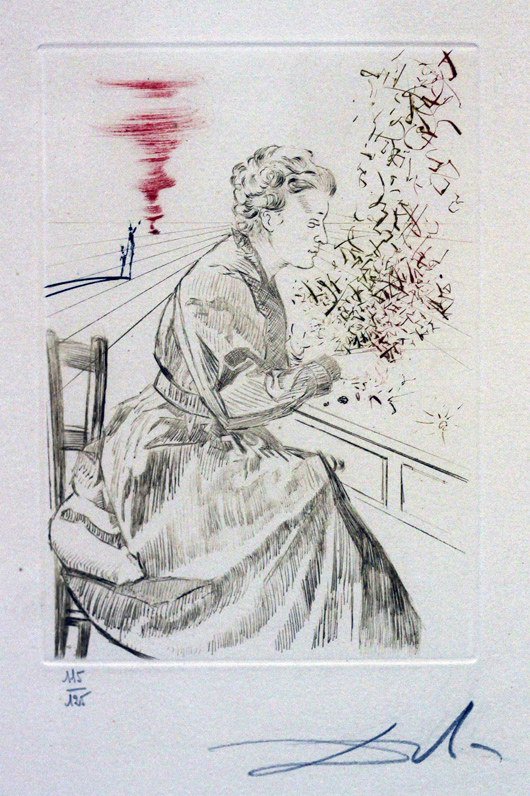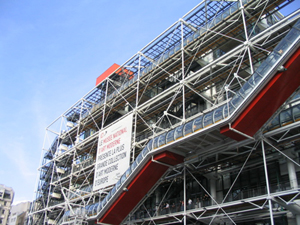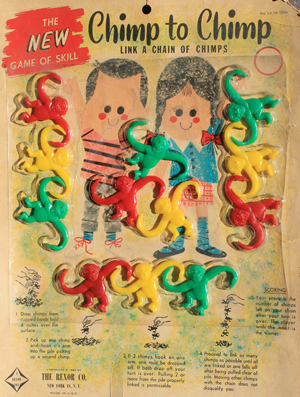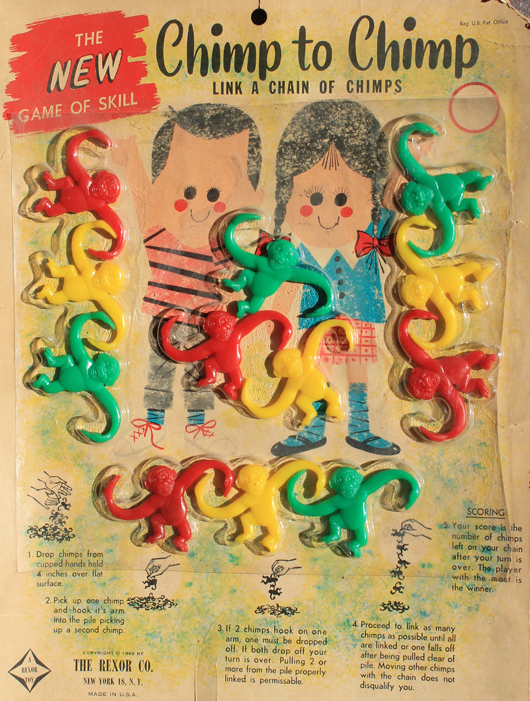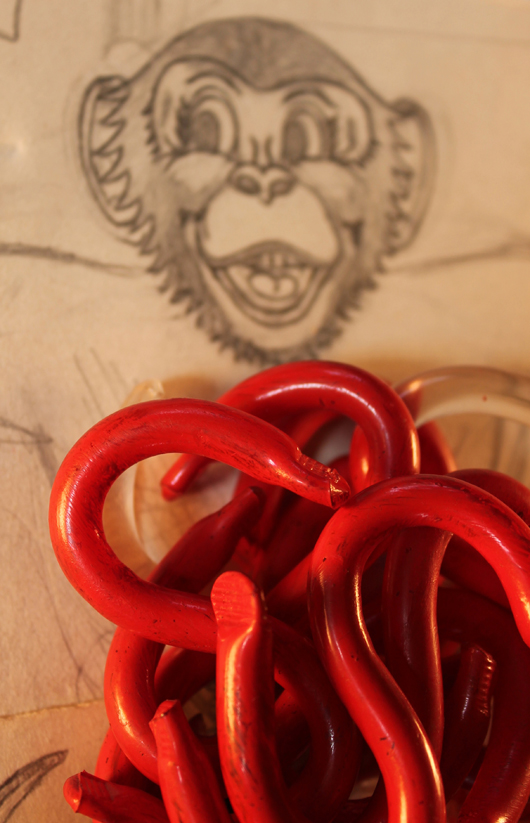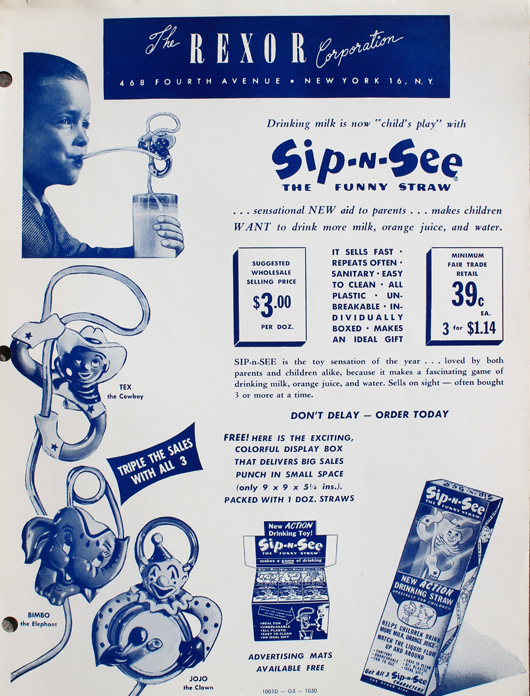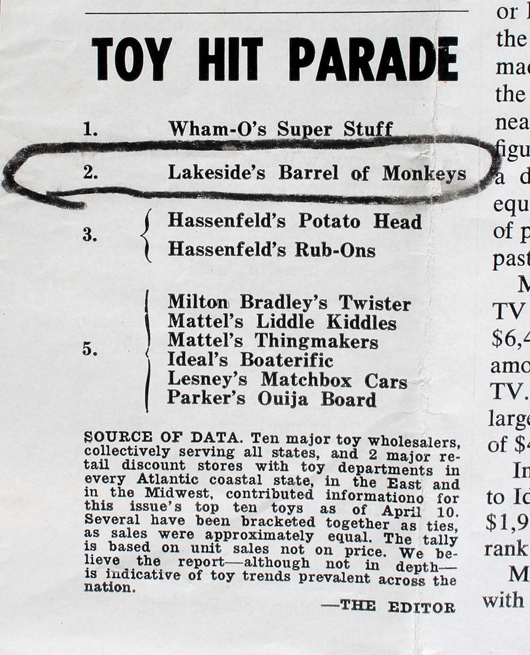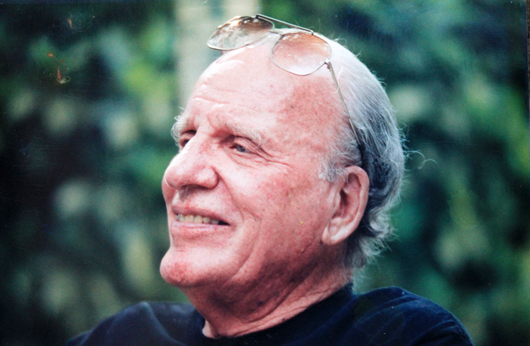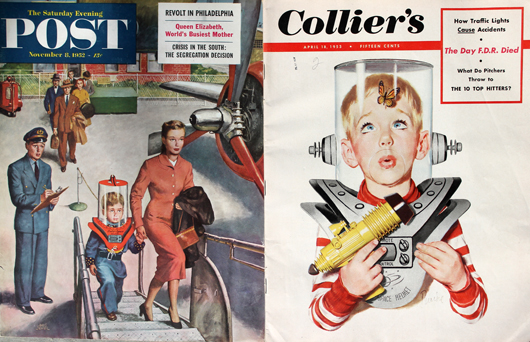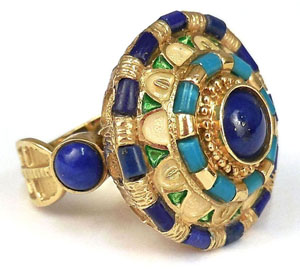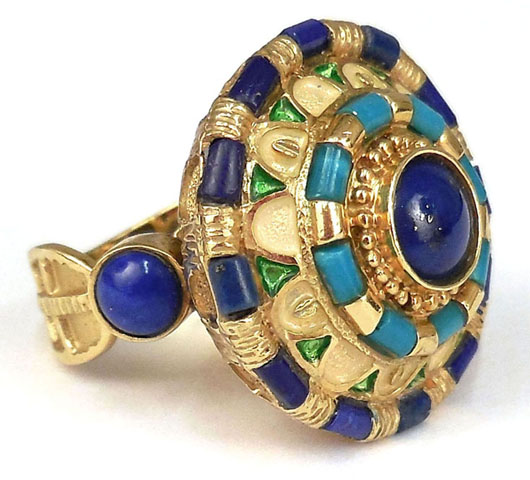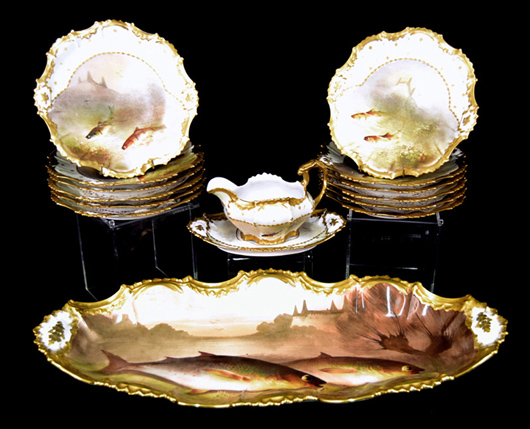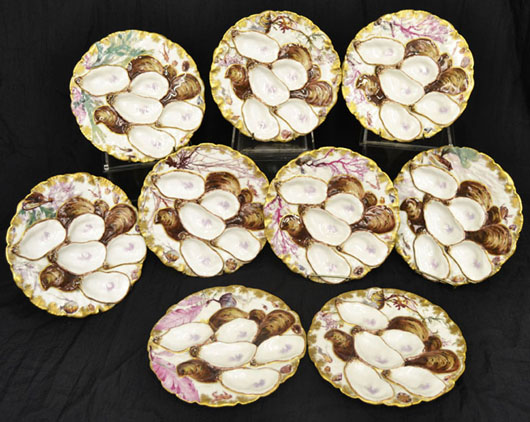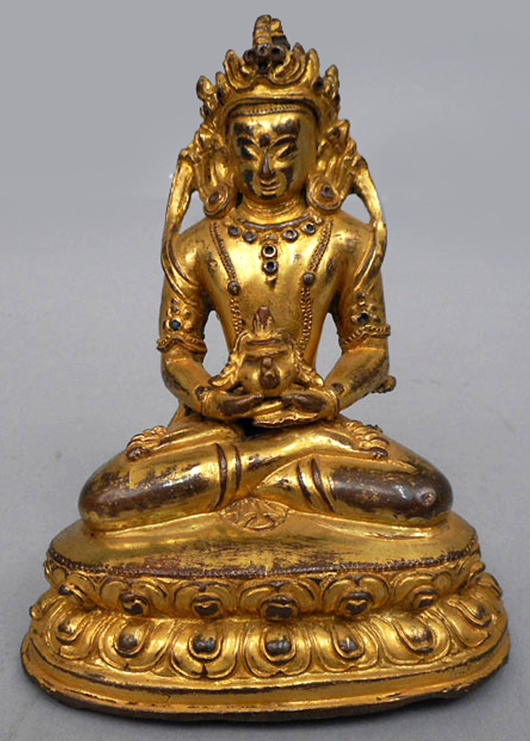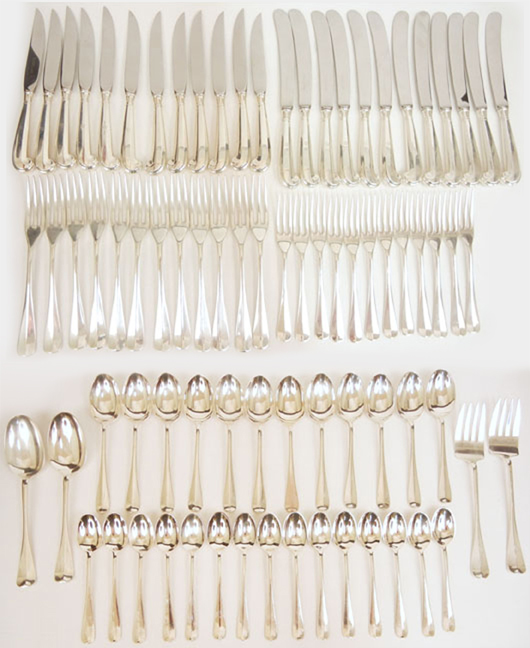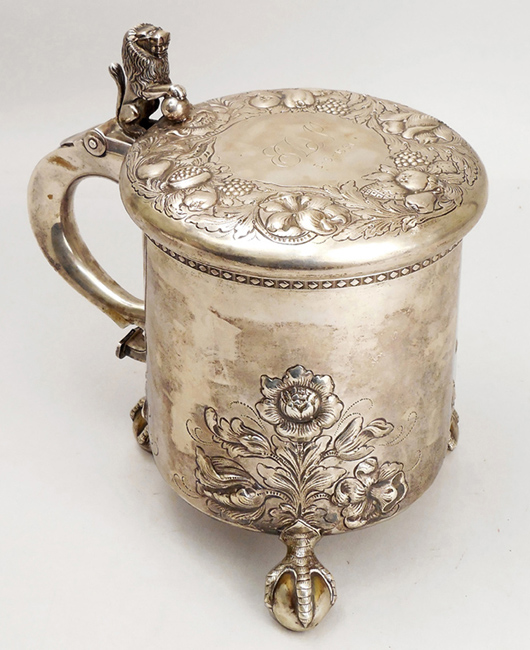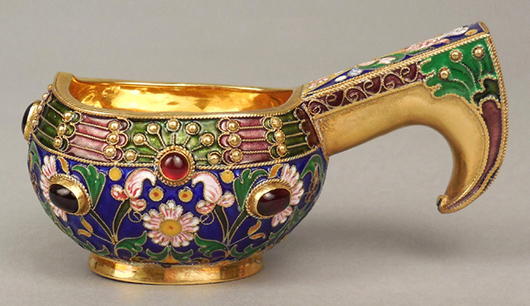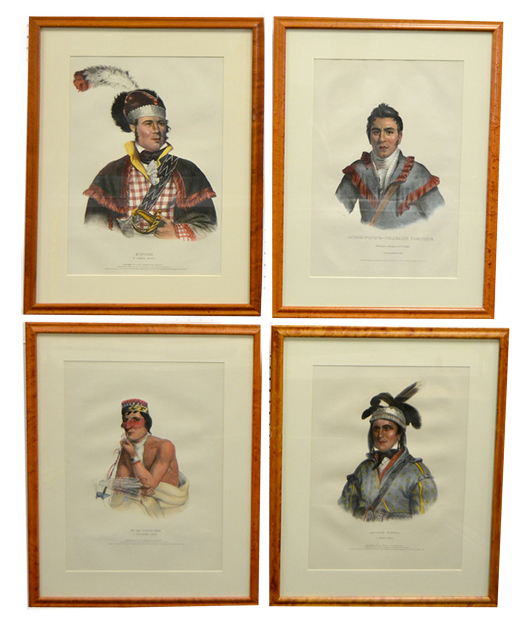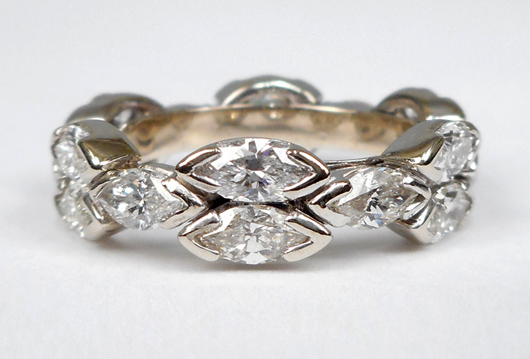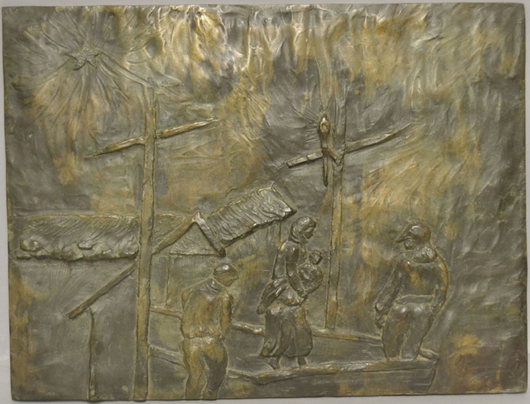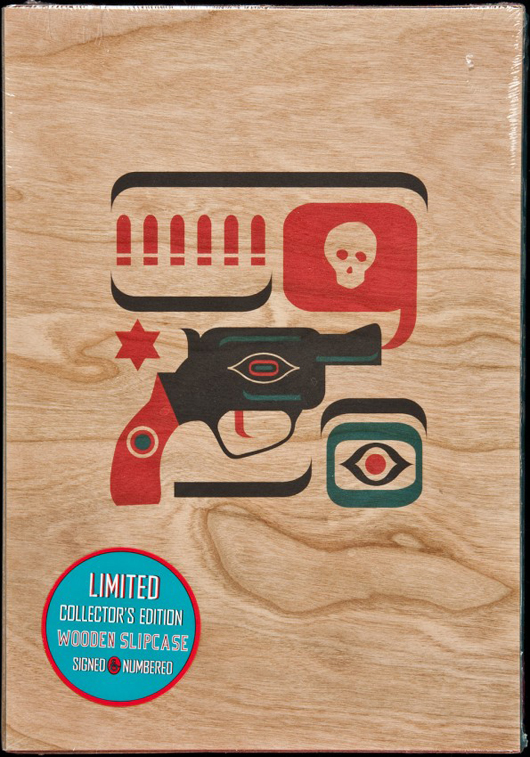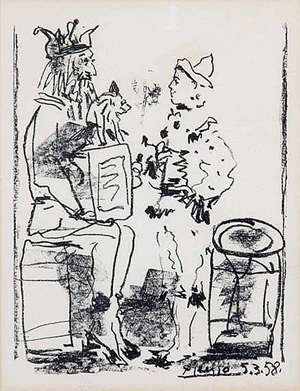
CASPER, Wyo. (AP) – Eric Wimmer was in shock when he stepped into a Casper home full of art.
The curator of the Nicolaysen Art Museum was visiting the home in March because its owner, who recently died, had donated his vast collection to the Nic. Wimmer entered and was immediately greeted by a painting.
Was that an authentic Thomas Moran?
Wimmer has a master’s degree in art history. In grad school, Moran, a titan in Western art, was one of his all-time favorites. He’d spend hours at a Denver art museum looking at Moran’s paintings, and now there was one sitting right in front of him in the foyer of the Casper home.
But that was only the start.
Around the corner from the Moran was an authentic Pablo Picasso lithograph. There was a signed engraving from Salvador Dali. A lithograph from famed French artist Toulouse Lautrec.
Art was in every room, except for the bathrooms. There were paintings from legendary Western artists like Charlie Russell, Frederic Remington and W.R. Leigh.
“I’m like, ‘Where am I?’” Wimmer recalled.
Wimmer was in Harry Ptasynski’s home. Before he died last December, Ptasynski donated his beloved art collection to The Nic, more than 140 pieces valued at $4 million to $5 million.
“It was just an incredibly generous gift,” Wimmer said. “When he passed, we came in and packaged all of the art and took it to the museum. As his wishes were, we could determine which pieces we wanted to keep in our permanent collection. It was up to the museum to find a new home for the remainder (of the art) and use the new funds to help and keep the doors open for years to come.”
Ptasynski was an independent petroleum producer. He was a strong supporter of the Nic and served on its board for years. He started collecting art about 50 years ago, and as his collection grew, so did his connections to art dealers, spanning from San Francisco to Paris to New York.
He attended auctions and traveled the world to find the art he loved.
“He bought art I think not as an investment, but as a true passion,” said daughter Lisa Ptasynski, who grew up in Casper but now lives in Washington state. “He never sold any of those paintings. Once they were obtained, never was one traded or sold for one another.
“He knew what he liked, and that’s what he got.”
Ptasynski’s collection ranged from the well-known to the unknown. There were no labels or plaques naming the artists. You just had to know.
At night, he would linger in front of his art with a glass of wine. Instead of moving from one to another, he’d pick out a piece, study and appreciate its beauty. There were bronze sculptures, watercolors, oil paintings, engravings, lithographs and more.
“It was like being in a museum,” Lisa said.
Some of the pieces cost more than a sports car. For example, three months before Ptasynski died, Lisa asked her father if she could have her favorite painting. It was by Frank Tenney Johnson, depicting an Indian scout coming through a valley on a white horse in the moonlight.
“And he said, ‘Honey, that’s just too much responsibility. I don’t know how you would insure it. That is a $110,000 painting,’” Lisa recalled. “And he was right. When your $100,000 renter’s insurance doesn’t even cover one painting, it’s clearly too much.”
Instead, Lisa selected a less expensive painting.
She wasn’t the only member of the family who loved art. Harry’s wife Nola, who died just months before him, painted. Their son Ross, who also died last year, was a photographer, painter and drawer. Lisa studied art history and portraiture photography.
“Sometimes (Harry) would go out and buy (Nola) a $75,000 W.R. Leigh (painting) for her birthday,’ Lisa said. “Much better than any Helzberg diamond, in my book.”
Art is what brought the Ptasynski family together, and now Lisa is happy to share her family’s passion. She was thrilled when she learned of her father’s plan to donate his collection to the Nic.
The exhibit is titled “Recent Acquisitions from the Ptasynski Collection’ and features 24 pieces of art. ‘It goes from his wife’s work, Nola, all the way up to Picasso,” Wimmer said.
It will remain on display until Jan. 25. The works will appear at other shows in the future.
In honor of his donation, the Nic named a section of the museum the Ptasynski Gallery. As for the pieces that were not selected, the museum is in the process of finding the right institutions to house the classic pieces of art.
“We’re very happy to be able to show this to the community. It’s awesome,” Wimmer said. “To be able to say, ‘In Casper, you can go down and see a Picasso or a Dali,’ that’s really cool.”
___
Information from: Casper (Wyo.) Star-Tribune, http://www.trib.com
Copyright 2014 Associated Press. All rights reserved. This material may not be published, broadcast, rewritten, or redistributed.
AP-WF-12-23-14 1505GMT
ADDITIONAL IMAGES OF NOTE

